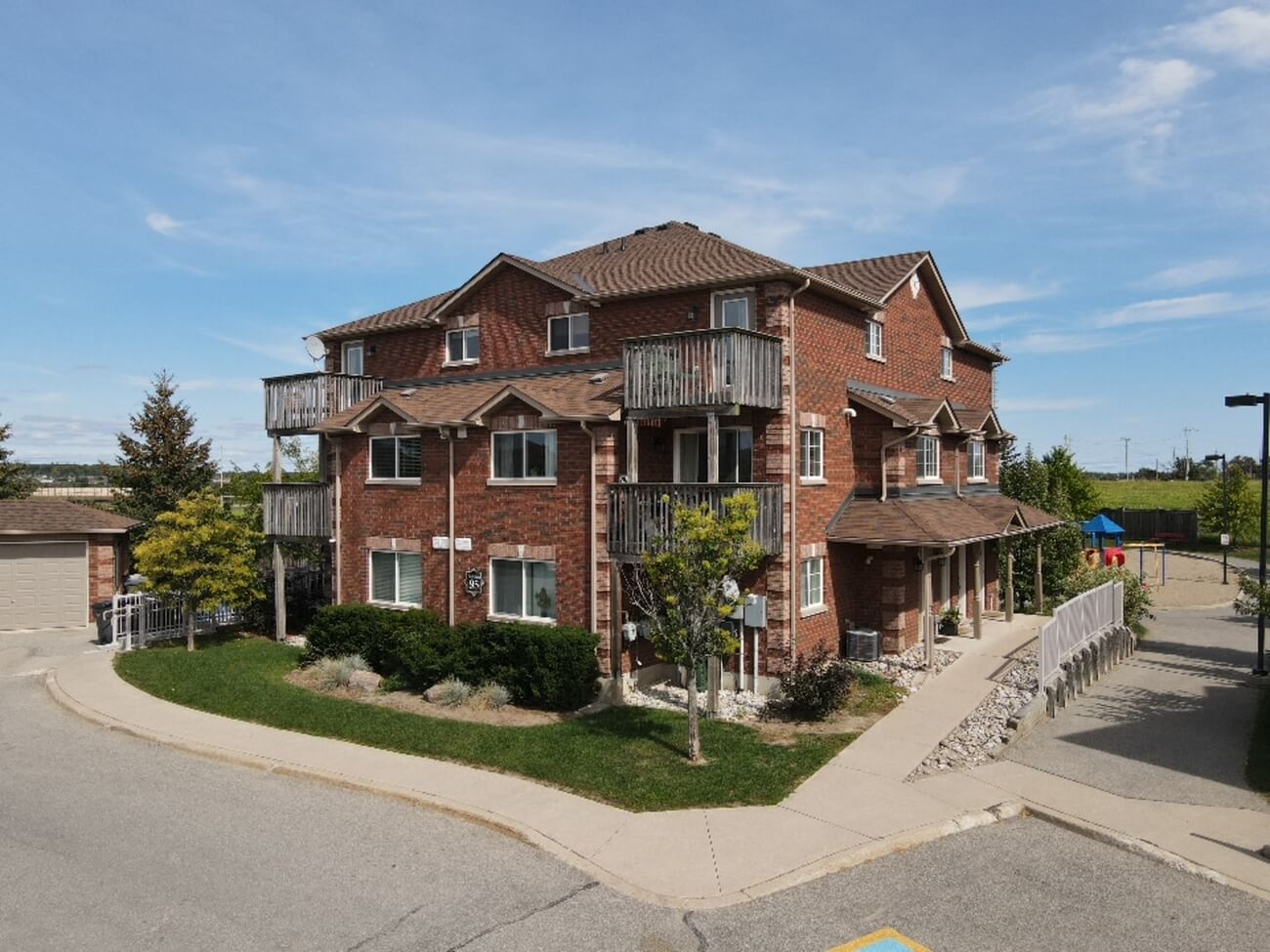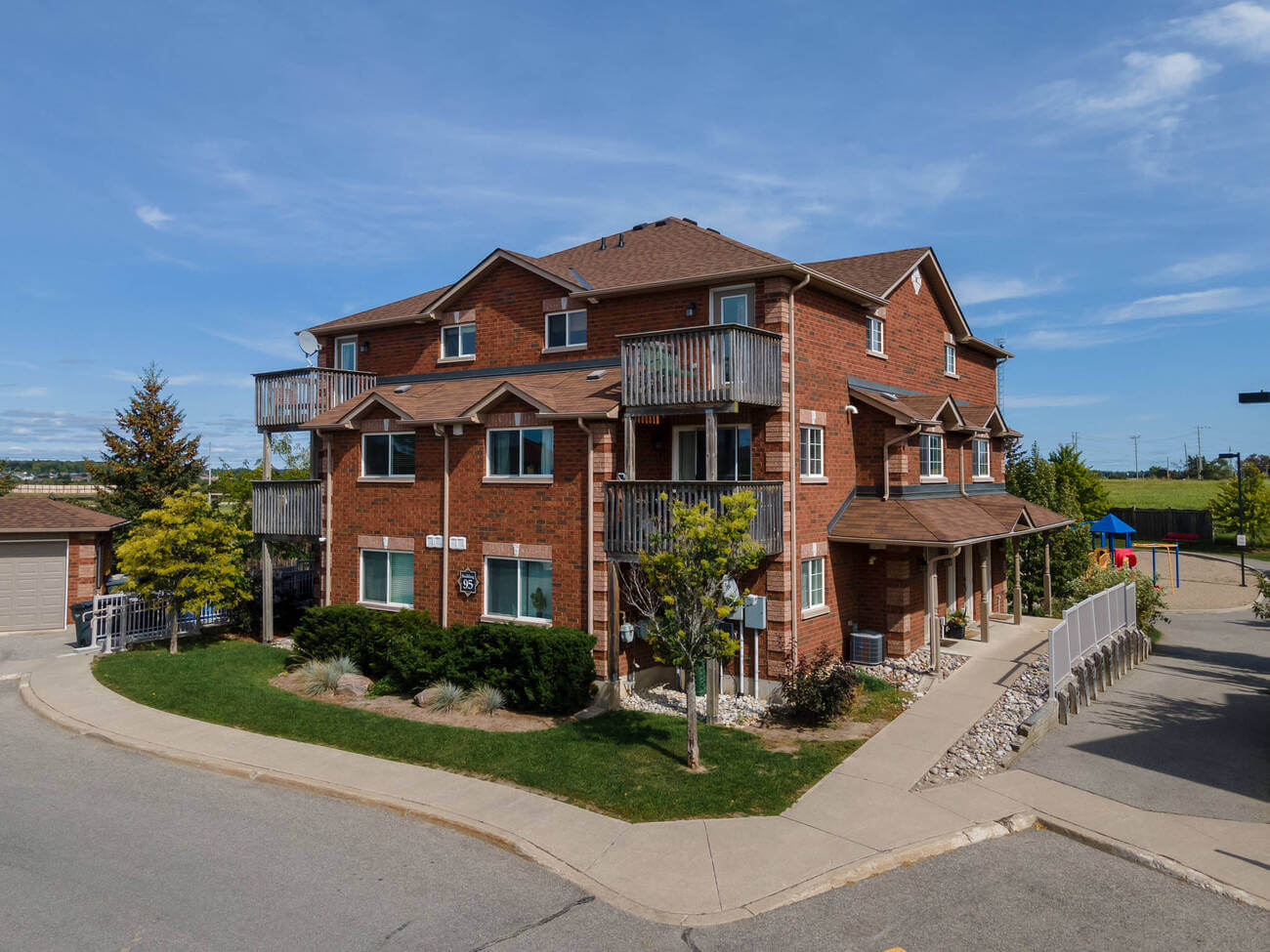Real estate photography at large can be broken into several sub-categories, the major ones are residential, commercial, architectural and interiors.


Below is a quick description of each sub-category as well as a typical mix of where your revenue will come from when starting your business:
Residential – 80-100% of Revenue
This category represents the bulk of most REP’s business. The subject is commonly either residential condo units, townhomes, single-family homes, and on occasion smaller multi-family buildings (2-8 units) and luxury properties (properties that are priced above $1,000,000).
Most photographers shoot both exterior and interior images with an increasing demand for aerial shoots and video as well. It is fairly common in the USA market to deliver 20-30 edited images, though in other more developed markets such as Australia, 5-15 edited images per home is more common.
The residential category is attractive from a sales standpoint because of the potential for lots of repeat business with the same client, which is typically Realtors. This is further helped by the number of Realtors there are (over 1,000,000 in the USA) and the fact that around 5,000,000 homes sell in the USA every year.
While prices can greatly vary by location, these types of shoots typically garnish $100-400 per shoot, with $200-250 being a good average for most average-sized homes (2000 sq/ft) and markets (cities between 250,000 and 750,000 residents).
Commercial – 0-10% of Revenue
This category is by far less common than residential, though more than a handful of photographers have made this their main line of business. Commercial photography is harder to define, or said better, has more definitions depending on who you talk to.
While in the strictest meanings of the word, if you get paid any monetary amount for delivery photos this could be considered ‘commercial’ this is not commonly what people within the real estate photography industry refer to it as. The general consensus is that commercial photography is photos that are specifically for commercial use.
This differs subtly but importantly from residential photography. It is a common industry practice that residential photography is delivered to the client with a limited license wherein the Realtor alone has permission to use the photos until the home is sold. Additionally, residential photos are typically restricted from any type of use apart from marketing activities directly relating to the sale of a particular home.
Commercial photography on the other hand typically has fewer licensing restrictions, broader permissions, and longer usage terms. For example, if a photographer was hired to take photos of a popular restaurant in town and the restaurant owner intended to use the photos for several years for promoting his business over a variety of mediums (web, various print articles, magazines, broadcast, etc), this is considered commercial by most photographers.
These jobs are typically more expensive than residential photography for three main reasons: First because the value of commercial photos is intrinsically higher. That is to say, if a company will make more money off of them long term, they hold more value to the client. Second, commercial jobs are more scarce because they are not needed as frequently, as such, this drives the price up. Third, commercial photographers are typically held to a higher standard of performance by clients, as such both more experience and higher-end equipment are typically required.
Pricing can vary widely and the subjects can be just about anything. Assuming the subject though is some sort of building, business establishment, or related space, most commercial photographers will charge $100-300 per photo depending on the client’s needs, sometimes more. It is wise to require a minimum of say five photos for commercial shoots to guarantee yourself a decent paycheck for your time.
The Real Estate Photography
Business Systems You Need
PhotoUp is the ultimate real estate photographer business platform.
Architectural – 0-5% of Revenue
This category in many ways is an offshoot of commercial and residential to a lesser degree. Architectural clients are typically home builders, contractors, civil engineering firms, architects, or designers.
While architectural photography might make you think of exotic modern building design, architectural subjects for real-world clients are not always so. Architectural photos at large are more concerned with highlighting the quality of construction, functional design, and flow of an individual space or structure.
While pricing and licensing fall closely in line with commercial photography, the major difference is the detail given not only to accurately representing the building itself but also accentuating the structure and finite details of each building.
To this end, there is a need for everything to become more calculated. Photographers often work with the client to help choose the exact features to highlight and there is considerable more thought put into angles, lighting, and environmental factors such as time of day and weather conditions when shooting.
Additionally, it is common for photographers in this category to use high-end tilt-shift lenses, more accurate tripod heads, and better lighting rigging to accomplish a more polished end product. It is also common for considerably more time to be taken in post-processing to ensure every part of the image is pristine.
Interiors – 0-5% of Revenue
Finally, we reach interiors which in many ways are the smaller sister of architectural photography. Interiors as the name suggests, are all about the design and flow of interior rooms and spaces. They focus more on the emotional aspect of a space, such as how the design, color or furnishing, and other amenities create an overall feeling and flow.
Typical clients are interior designers, staging companies, architects, magazines, realtors for luxury homes, and increasingly owners of the spaces themselves. Subjects can be spaces of all types, sizes, and prices that have a unique design or story (such as an old colonial home in New England that has a history linked to the American Civil War).
While most often we think of luxury homes being the subjects, they could be other things such as yachts, businesses, products (such as furniture shoots within a staged home), or even cars (though we are admittedly moving pretty far away from real estate photography at that point).
Summary
Now that you are aware of the different categories, criteria, and price points associated with these four different types of real estate photography, it is up to you to decide which of these avenues best suits you and your business. Within real estate photography, there is truly a path for all types of photographers to be able to make a living and express themselves through their photography.
If you are interested in learning more about real estate photography or would like to be connected with a photographer in any of these fields, please feel free to reach out to us at support@photoup.net and we would be happy to help connect you. We love to hear from photographers who are looking to get started in real estate photography and grow the market in their communities.






